The time has come my fellow nature enthusiasts where I must say goodbye. I recently took my last trip of the semester to Centennial. It was so cool to be able to see the phenological changes through the seasons. As I’ve mentioned before Centennial woods has a long human history. Culture is defined by Oxford dictionary as “the customs, arts, social institutions and achievements of a particular nation, people, or other social group.” Nature can hold a great cultural importance that impacts many people’s lives. Nature holds greatest significance in animistic belief systems/religions. For example, the Abenaki tribe used this land far before colonial settlements. Another culture that values nature is the “Vermont culture.” Something that drove me to UVM in the first place was its respect and curiosity for the natural world. Humans use Centennial Woods recreationally which makes them part of the social-ecological system. So, my time spent in Centennial these past two semesters makes me technically part of this natural area. My frequent observations of this place have brought me closer to nature and have shown life where I thought there was nothing.
On this last trip, I saw clues of an emerging summer. Vibrant greens, blooming flowers and warm breezes greeted me. I encountered an apple (malus) tree in full bloom. On my walk over I also saw beautiful flowers like tulips, daffodils, and lilacs.
Anyways, it has been a pleasure being your Centennial nature guide through the seasons. I hope everyone has a lovely summer!!!
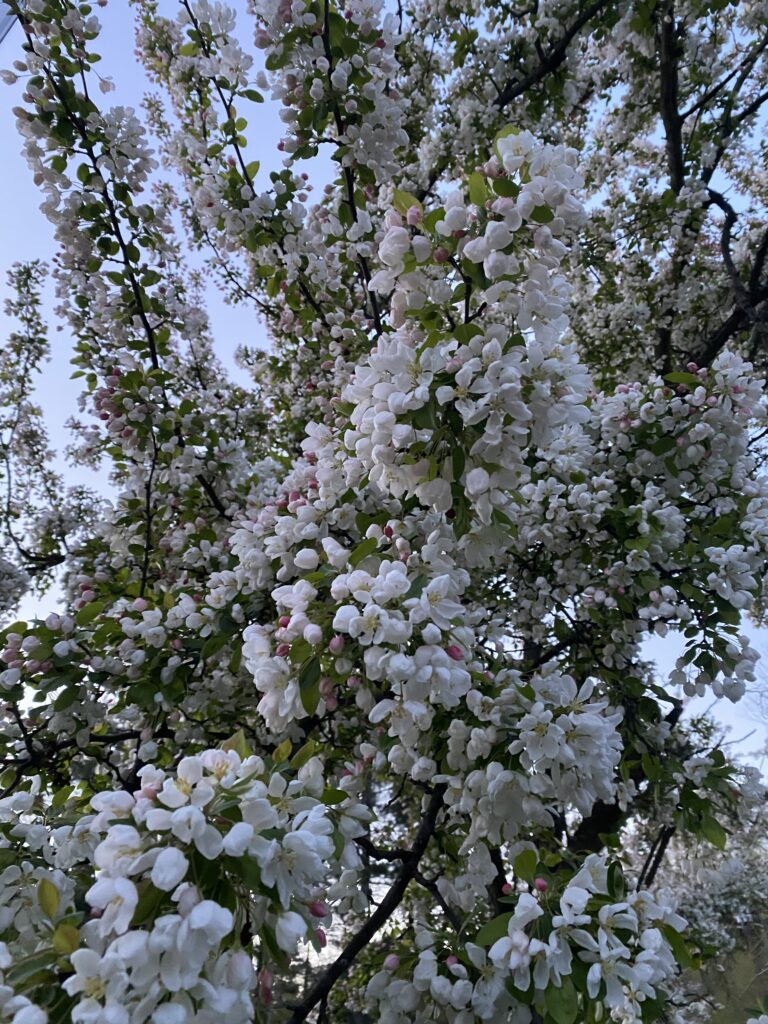
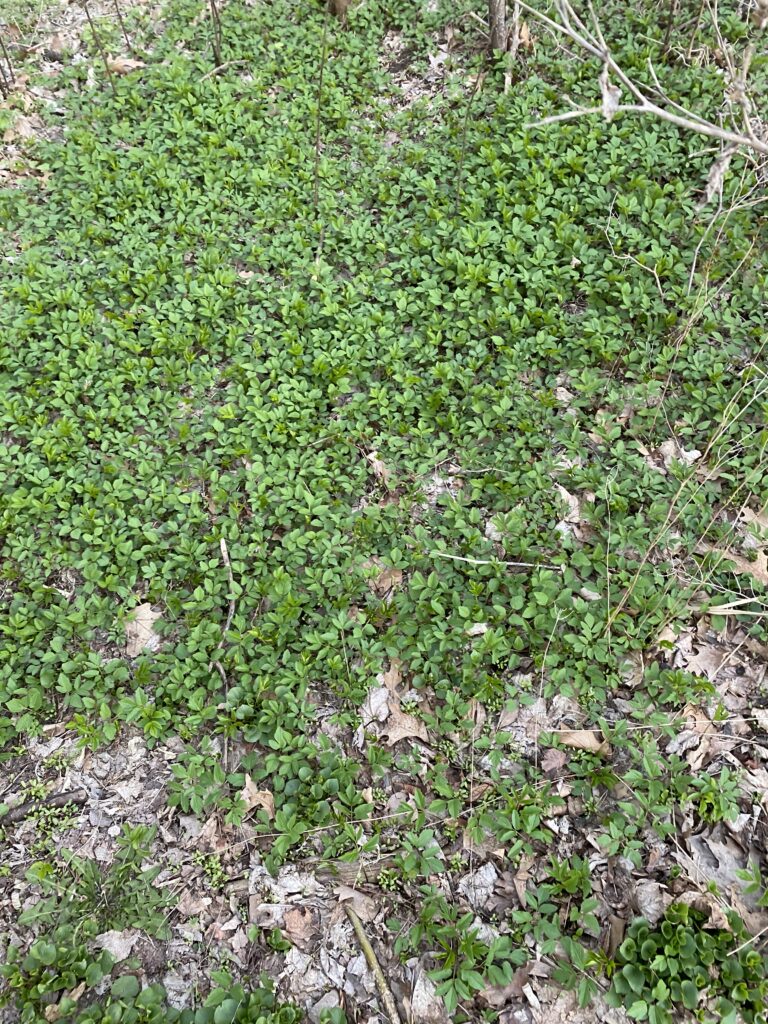
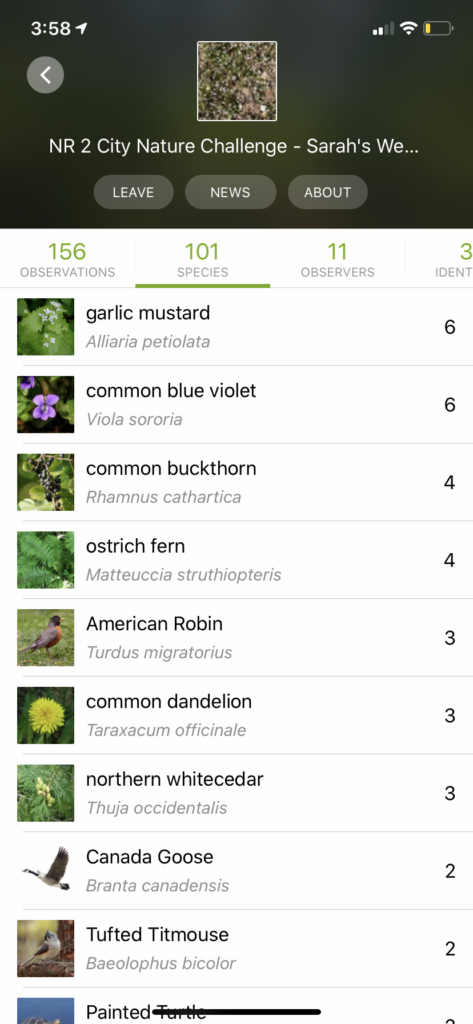
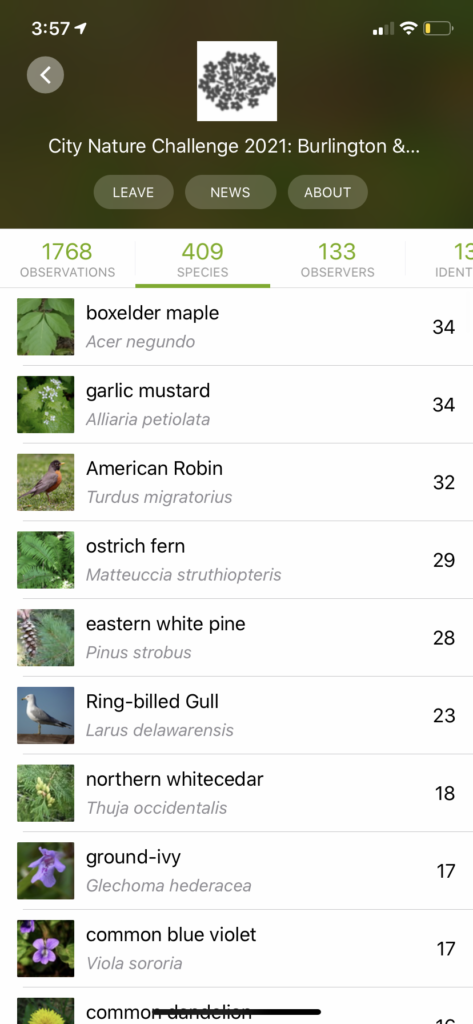
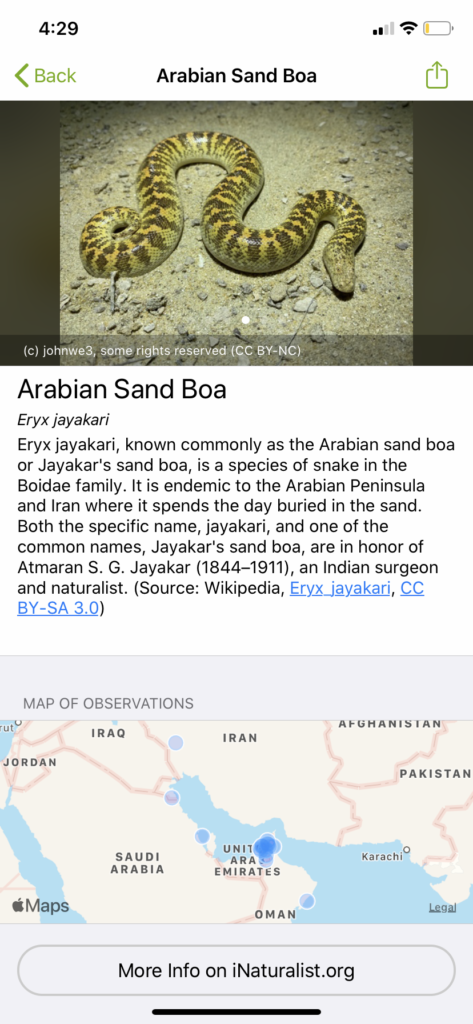
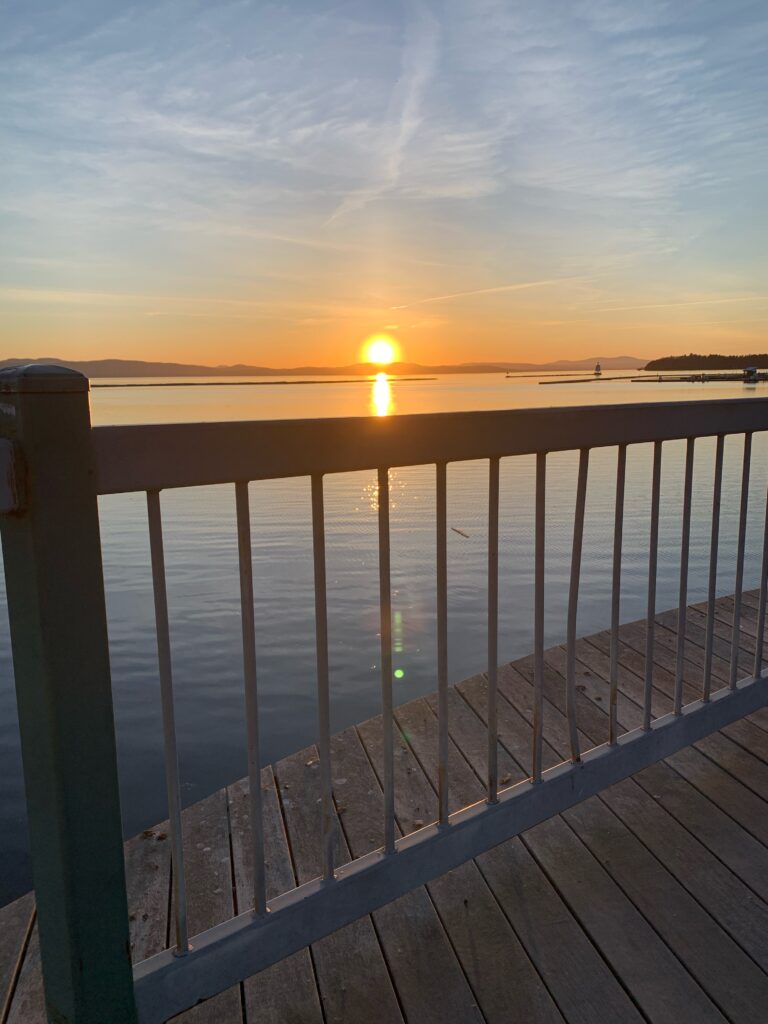
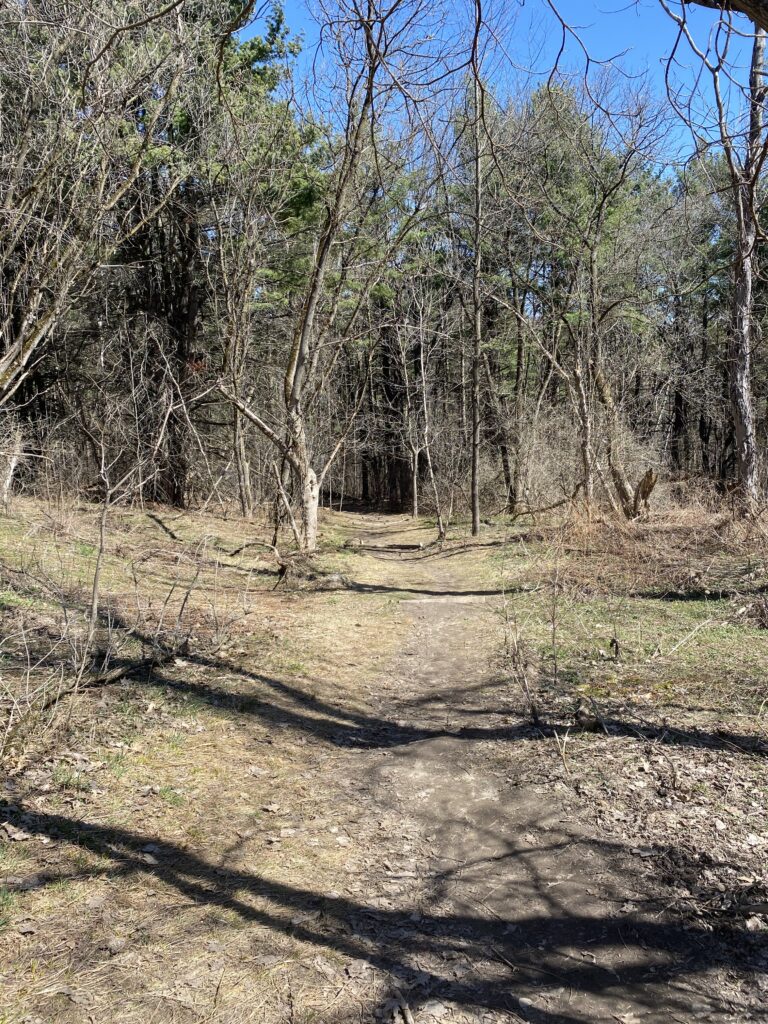

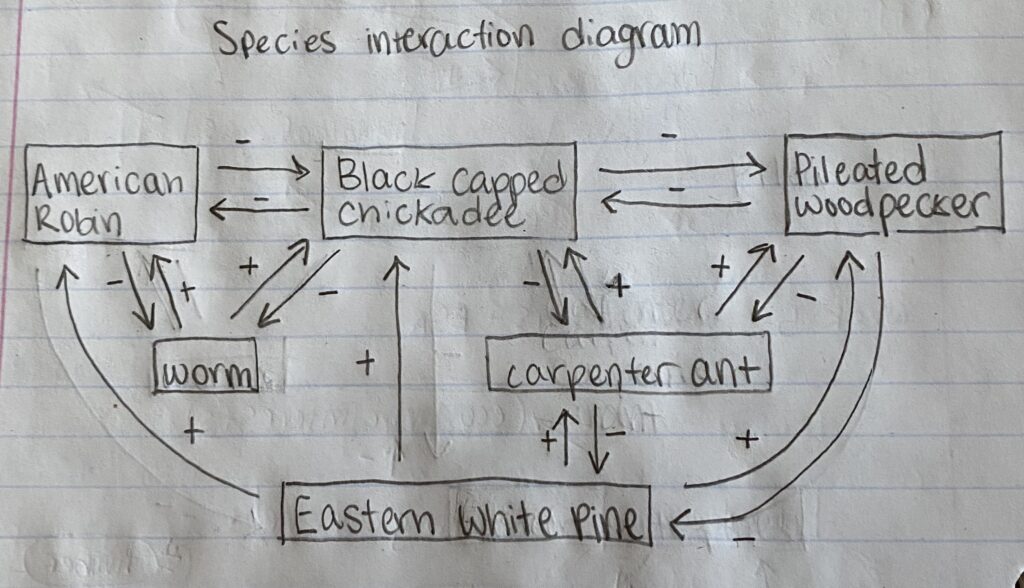
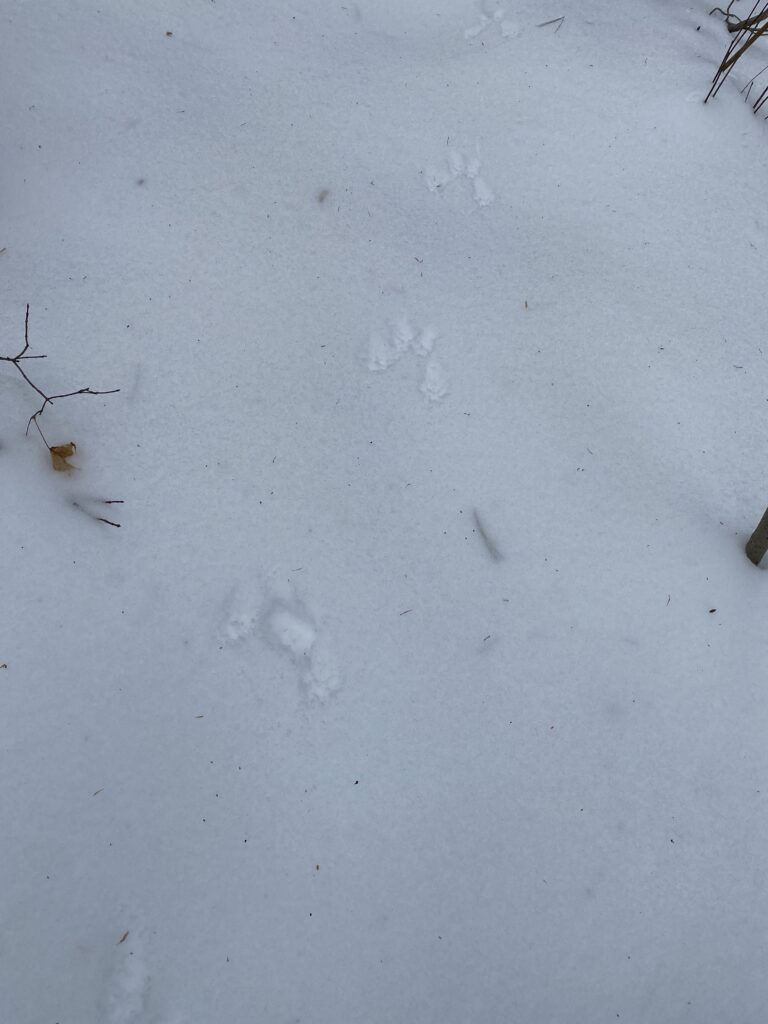

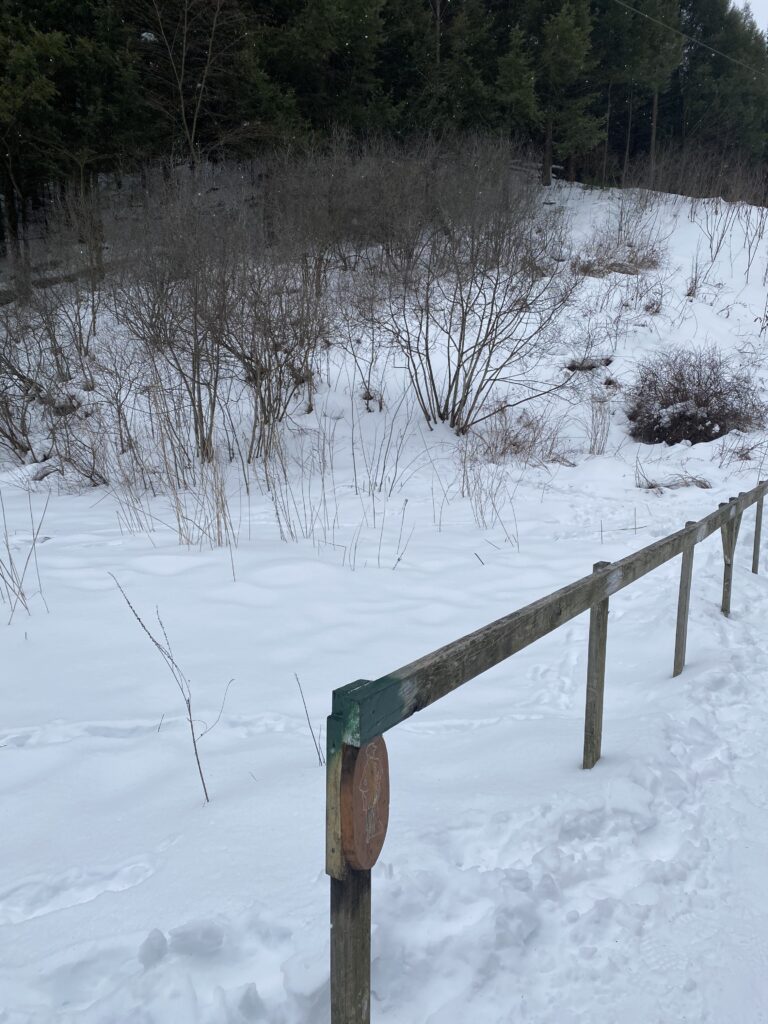
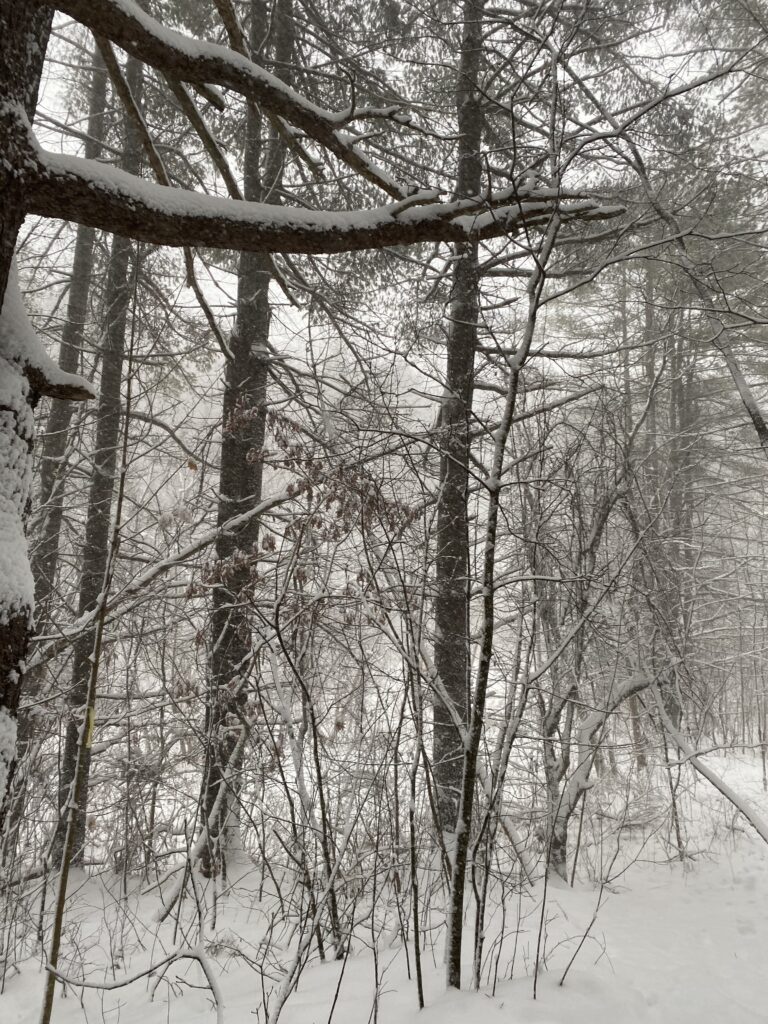
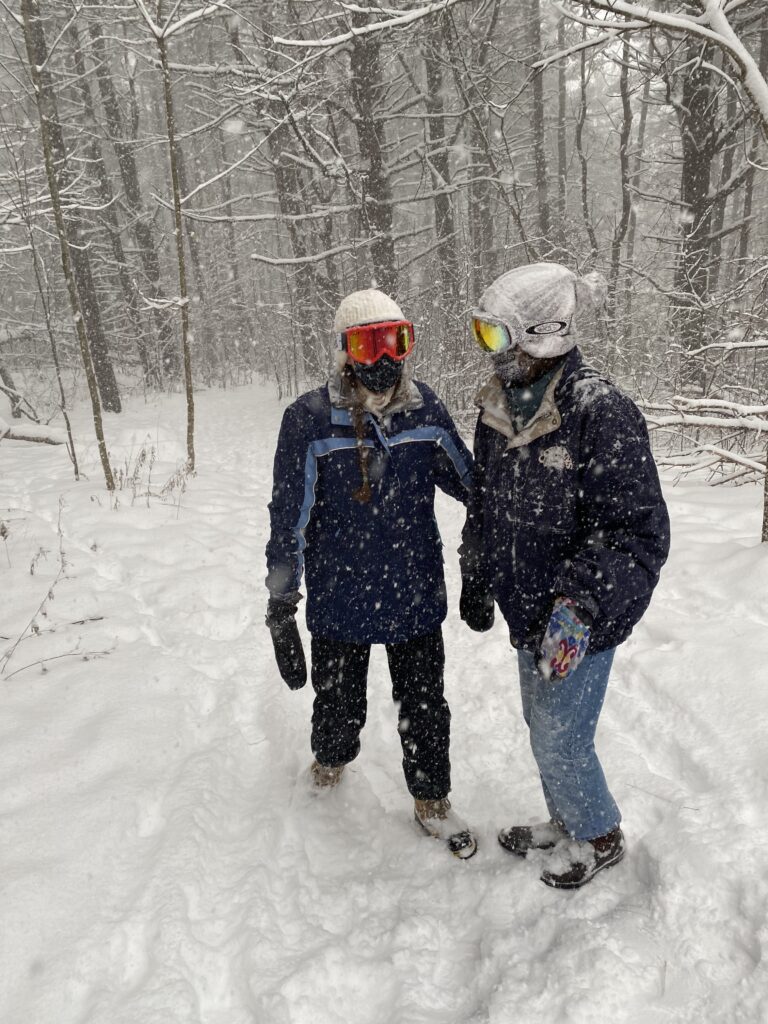
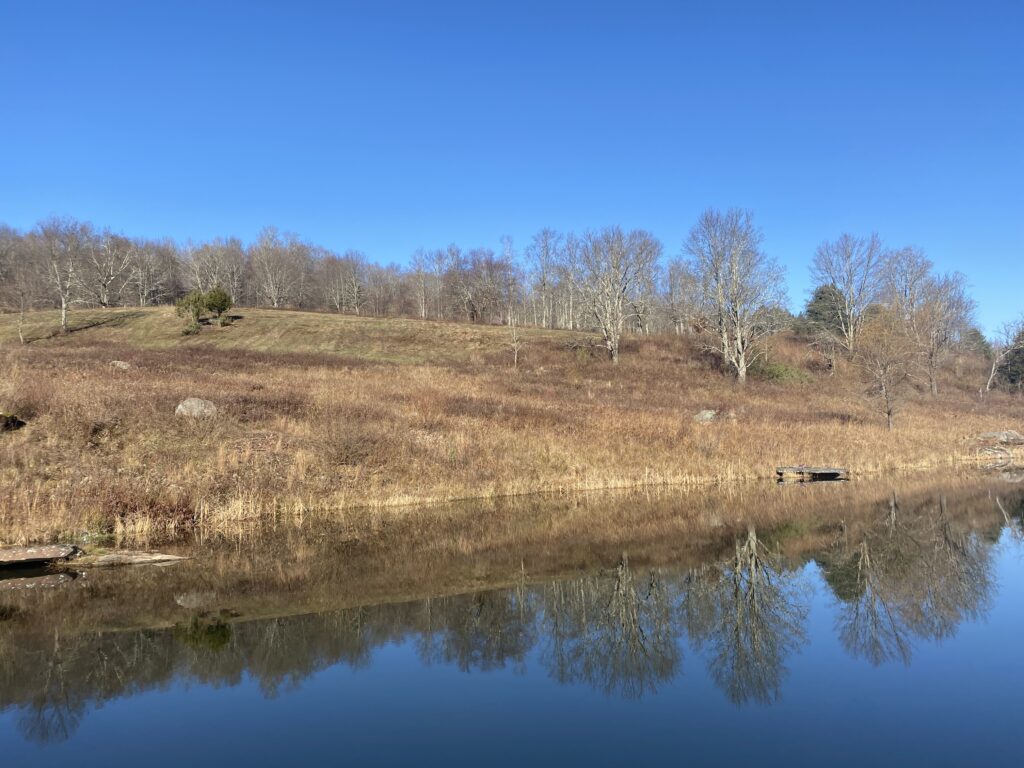

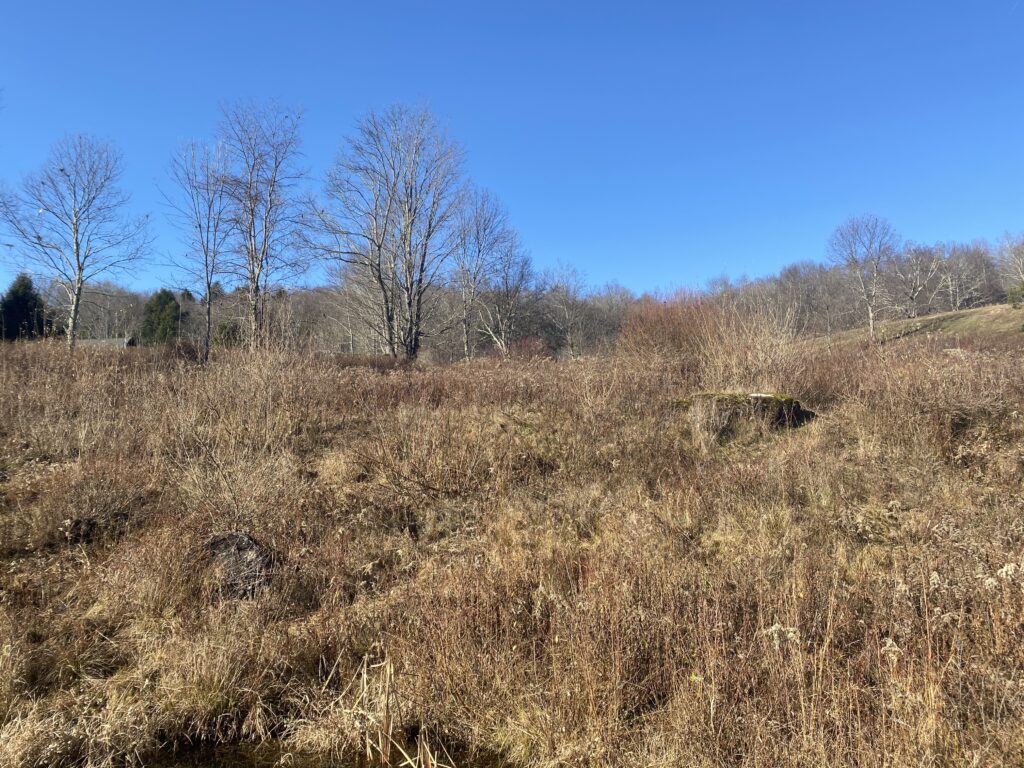
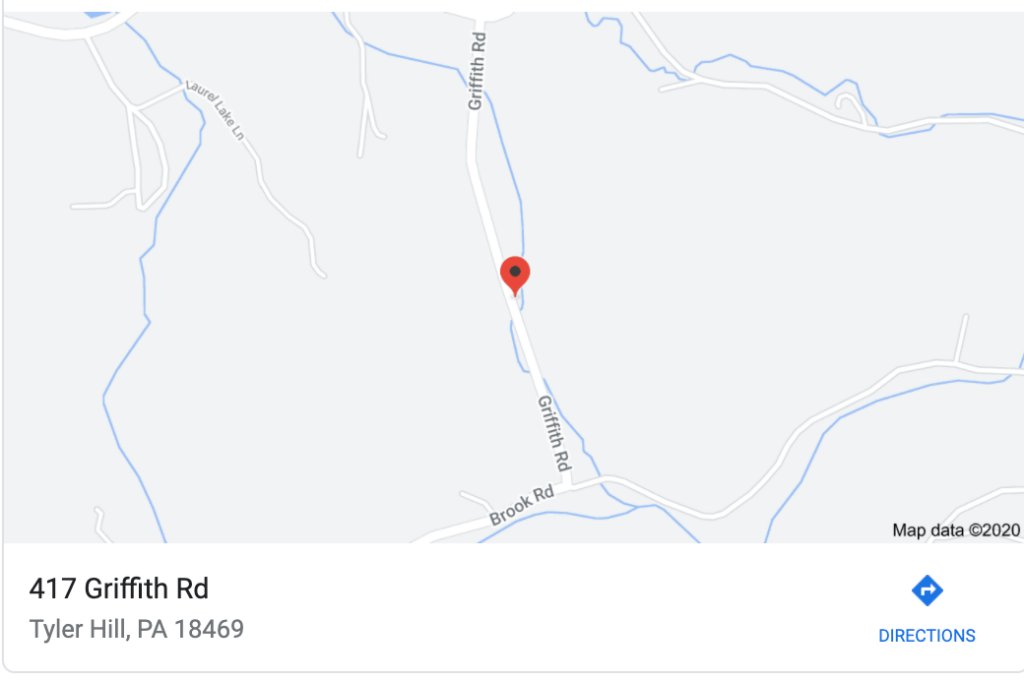
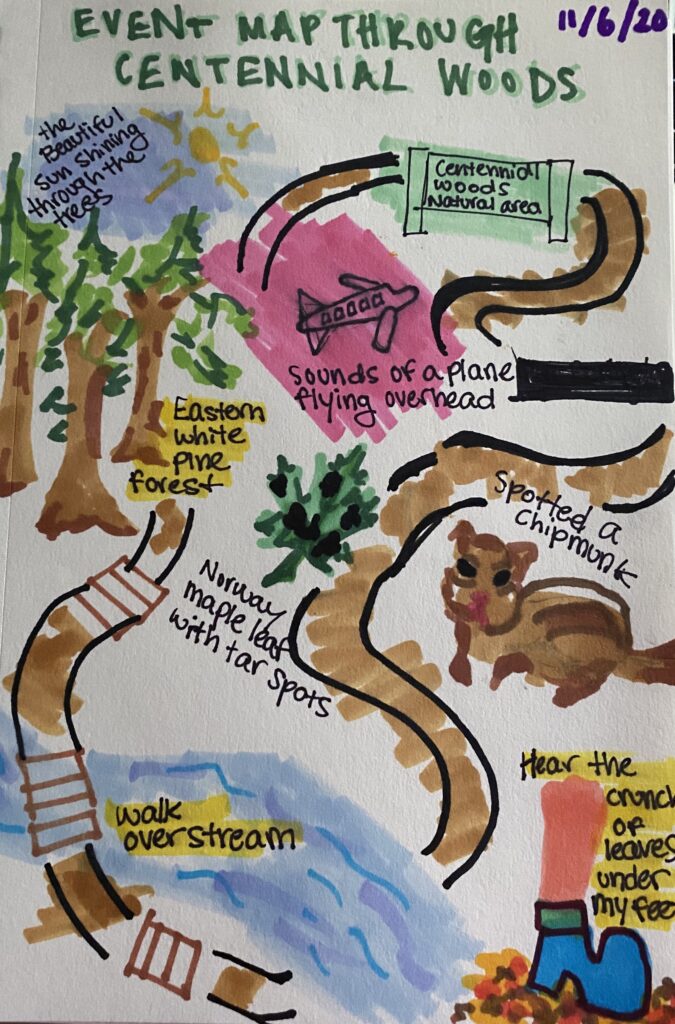

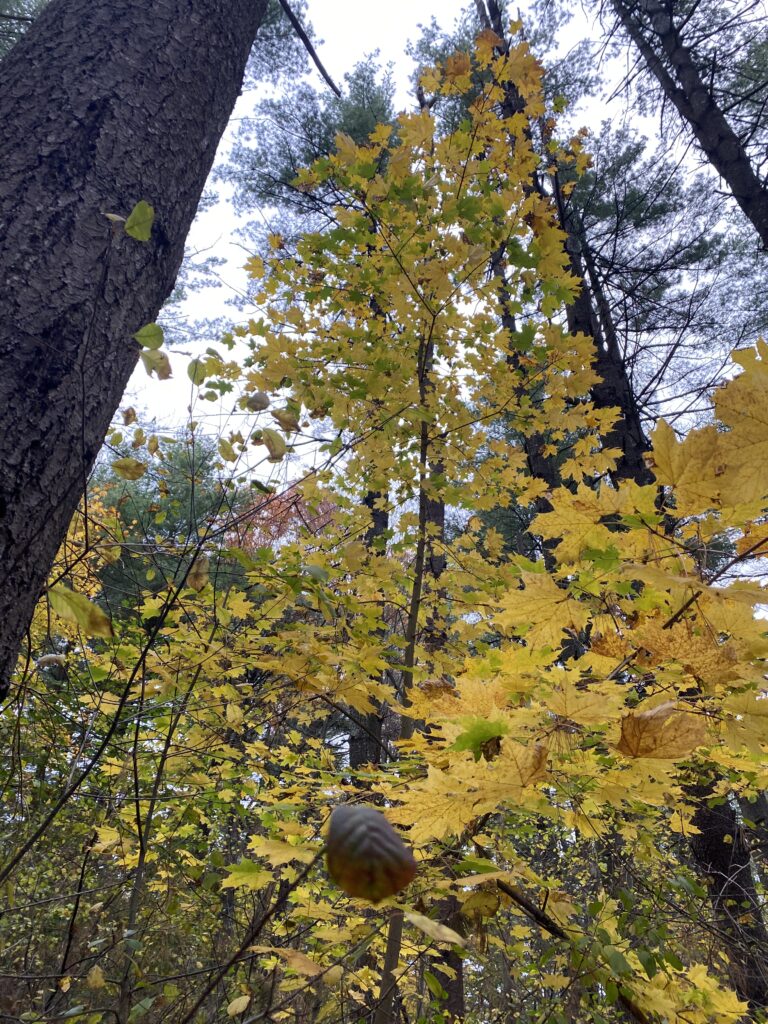
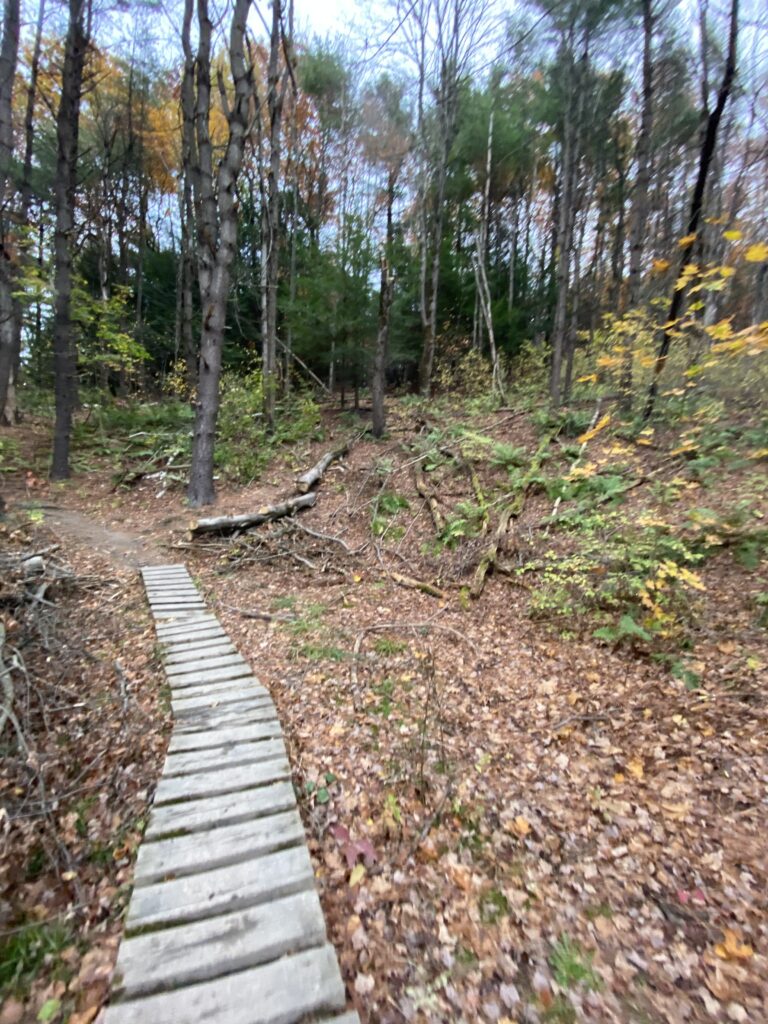
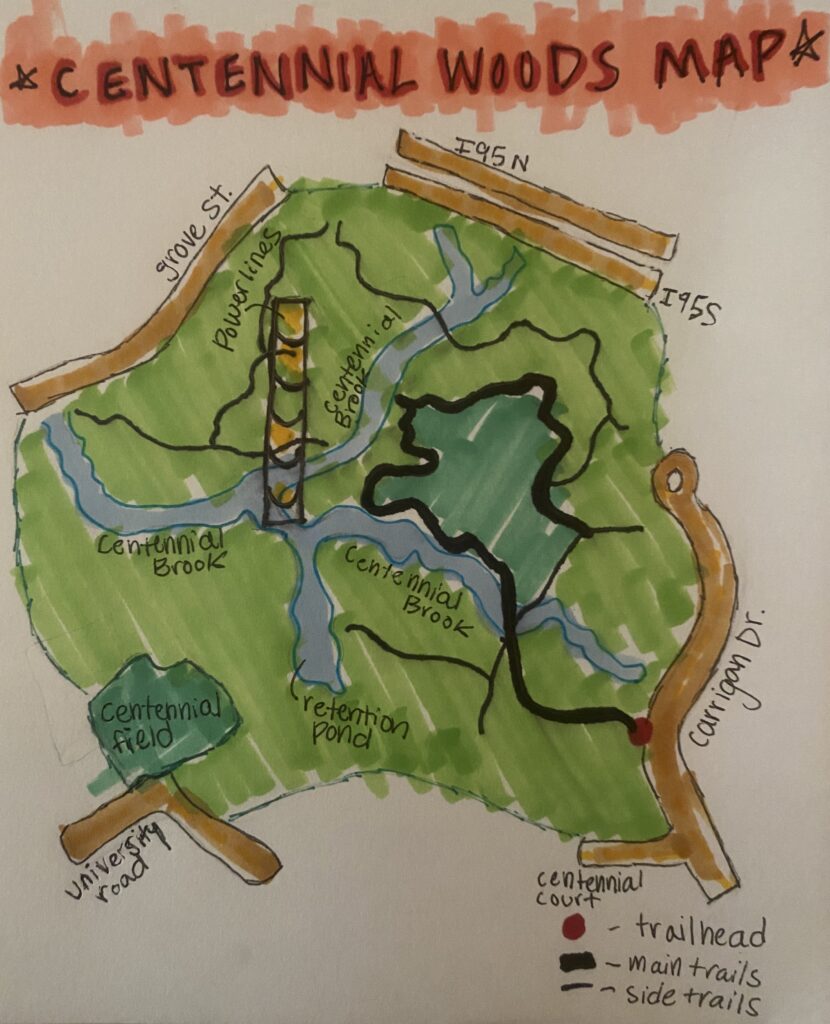
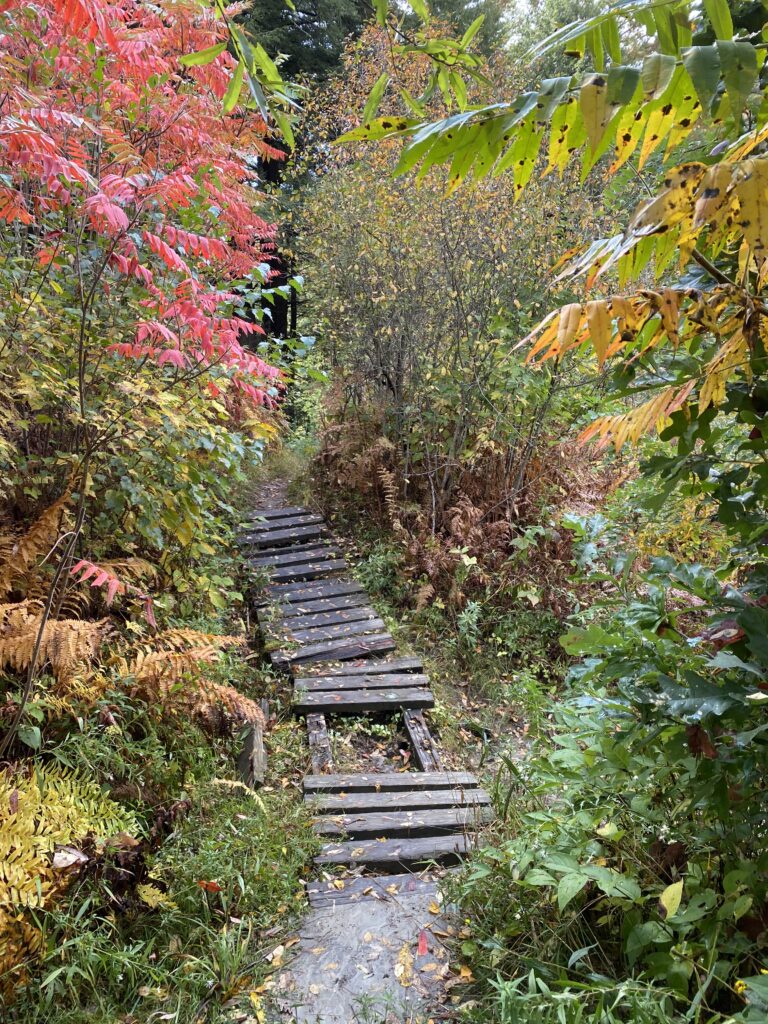
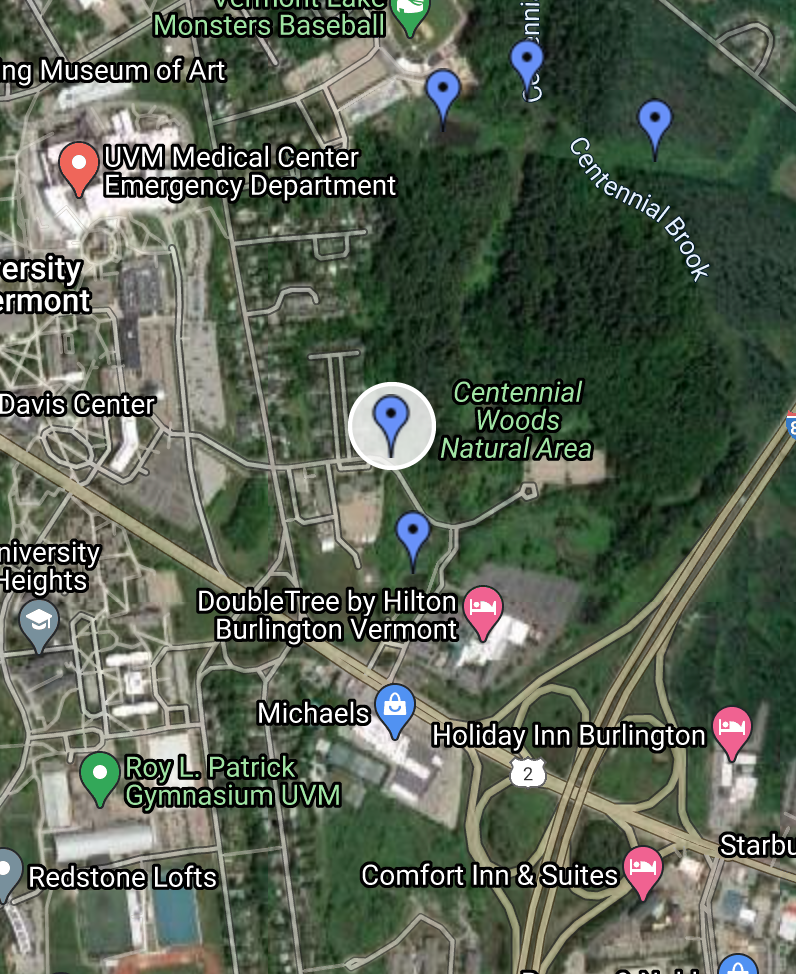
Recent Comments